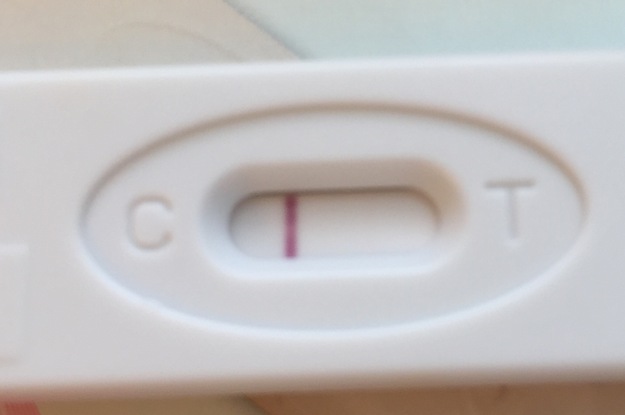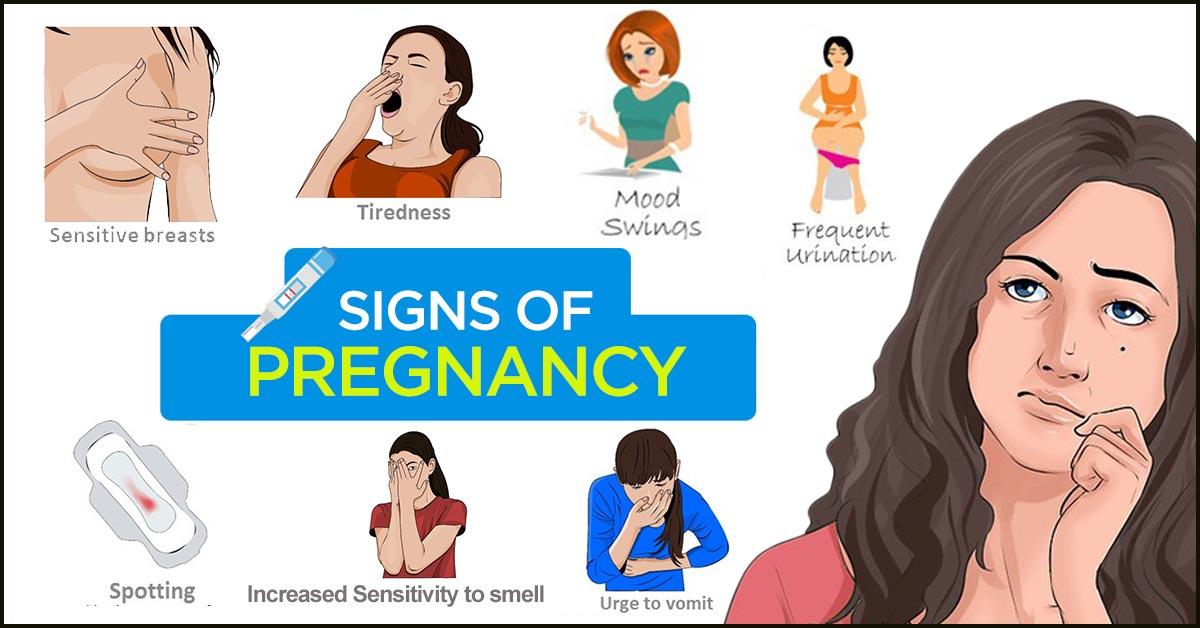Table of Content
An at-home pregnancy test can't measure the exact amount of pregnancy hormone in your urine. What it can do is detect whether a minimum amount is present. Knowing how pregnancy tests work can help you understand when to take them. Pregnancy tests relay how urine reacts with a piece of paper that can detect the presence of hCG. You may decide to take a pregnancy test because you are having early pregnancy symptoms. But keep in mind, the same hormones that cause pregnancy-like symptoms are present every month between ovulation and your period.

Mixing shampoo and water to form a soapy solution without frothing is tricky as the presence of froth can interfere with the results. If there’s no reaction, you can safely assume that you are not pregnant. If the soap froths and bubbles appear, then it’s likely that you are pregnant. For a toothpaste pregnancy test, only white toothpaste should be used. Note that the sample should be sufficient to perform the test a second time. Content on HealthTap should not be used for medical advice, diagnosis, or treatment, and interactions on HealthTap do not create a doctor-patient relationship.
Possible Risks Of A Blood Test In Pregnancy
Nurses, doctors or specialists confirm a pregnancy with either urine or blood tests. Home pregnancy tests measure the levels of hCG in your urine. A blood pregnancy test measures the hCG levels in your blood.
If the colour of the wine changes, it is a sign of pregnancy. Fumes produced by the reaction of urine and bleaching powder are toxic, so avoid inhalation. Bleaching powder is also an effective substance to check for pregnancy. The advantage of this test is that the results can be observed quickly. You can use plain white vinegar which is low priced and readily available in grocery stores.
What Cough Medicine Is Safe While Pregnant
What if you have an unconventional sleep schedule and can’t test your urine first thing in the morning? You can increase the level of hCG in your urine by not using the bathroom for at least four hours. At 4 weeks, the blastocyst has made a 6-day trip from the fallopian tubes to the womb. Here, it begins to burrow or implant into the wall of the uterus.
The sooner your pregnancy is confirmed, the sooner you can begin prenatal care. For the most accurate results, we recommend testing in the morning on the day you expect your period to start. This allows for variability in the timing of ovulation, fertilization, and implantation. Testing in the morning provides a more concentrated urine sample. Thankfully, urine-based pregnancy tests have evolved substantially. Women now have access to advanced tests that can detect a pregnancy as early as eight days after ovulation.
When Is the Best Time in Your Cycle to Test?
Our best guess is that this is to be interpreted as positive. Before taking a pregnancy test, don’t drink more water than you normally would. Drinking a lot of water can dilute your urine and affect the result of your test.

Set a timer so you can read your test results exactly at the time directed in the instructions. Do not read the test window after that set time because a faint “evaporation line” can appear, which makes your test appear to be positive when it is really negative. Since the earliest recorded history, women have had a strong desire to know whether they are pregnant as early as possible. The body goes through countless changes in the first trimester, and one of the first indicators is a change in the hormones that leave the body through urine. Home pregnancy tests can be very accurate if used properly. The blood test for hCG is the most accurate to detect a pregnancy, says Dr. Trolice.
Talk to a primary care doctor now for a personalized answer to your Gynecology question
This is especially true if your period is not yet late, or if your period is only a couple days late. During early pregnancy, the HCG concentration increases rapidly — doubling every two to three days. The earlier you take the home pregnancy test, the harder it might be for the test to detect HCG.

Read the directions that come with the test to know what a positive result will look like. On the test, there will also be a control window that will show up first. Seeing a symbol in this window will tell you that the test is working. Keep in mind that different brands of tests will take different amounts of time to process. HCG is a hormone produced by your placenta when you are pregnant. It appears shortly after the embryo attaches to the wall of the uterus.
This means that you would have to have twice as much hCG in the urine as the blood test would show.
Whether you’re hoping for a positive or a negative, taking a test the week after your missed period is probably the best way to find out. If you’re in a hurry, you can try taking a test at least one to two weeks after sex, but the results may not be as accurate. By the time you're 4 weeks pregnant, you can usually get a clear positive on a urine pregnancy test.
But, the path leading to it is uncertain and strenuous and so is taking a pregnancy test at the beginning of this long journey. At the time of taking a pregnancy test, anxiety about the results can get you worked up. Naturally, you would want your pregnancy test to be more of a private affair than a public one in a doctor’s lab. These tests are very useful if you want to keep your pregnancy a secret. The ease of conducting these tests and the ready availability of ingredients makes them very convenient for women who wish to know whether there’s good news.



